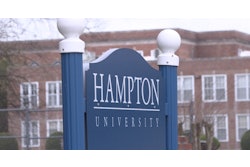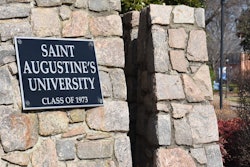EAST LANSING Mich.— An increase in the number of out-of-state students is contributing to an overall rise in student population at some of Michigan’s public universities, officials said.
The change comes as the schools compete for a smaller pool of high school graduates each year in Michigan, The Detroit News reported Thursday. Out-of-state and international students, meanwhile, pay higher rates, helping schools’ budgets.
Tuition is nearly $13,000 for an in-state freshman at Michigan State University, for example, while out-of-state and international students pay about $35,000. The rise in non-Michigan enrollment is complex, said Jim Cotter, Michigan State University’s admissions director.
“When you look at nonresident tuition, that is part of the equation,” Cotter said. “There are so many influences, anything from a program, to retention efforts to graduation rates.”
The number of Michigan students receiving high school diplomas peaked at about 123,500 in 2008 and is projected to slip below 90,000 in the next 15 years, according to a report issued earlier this year by the Western Interstate Commission for Higher Education.
Schools reporting highs this year included Michigan State University, the University of Michigan-Flint and Grand Valley State University.
At most Michigan universities, the official 2013 head counts occurred last month, so some schools haven’t yet released final enrollment figures. Most schools with higher enrollments attribute the increase to their programs, facilities and brand recognition.
“A majority of our graduates, whether (they are from) Michigan or out of state, stay here after they complete their degrees,” said Matthew McLogan, vice president of university relations at Grand Valley, which enrolled a record 4,124 freshmen. Overall, it has 1,260 out-of-state and 378 international students this year. “We like to think we are a net importer of talent, and that helps a state with a declining population.”
Overall, enrollment has been up at the state’s 15 public universities in recent years. The Senate Fiscal Agency in July said that includes an increase of nearly 4 percent between 2007 and 2011. During that time, in-state students decreased 4 percent while out-of-state and international students each increased about 1 percent.















